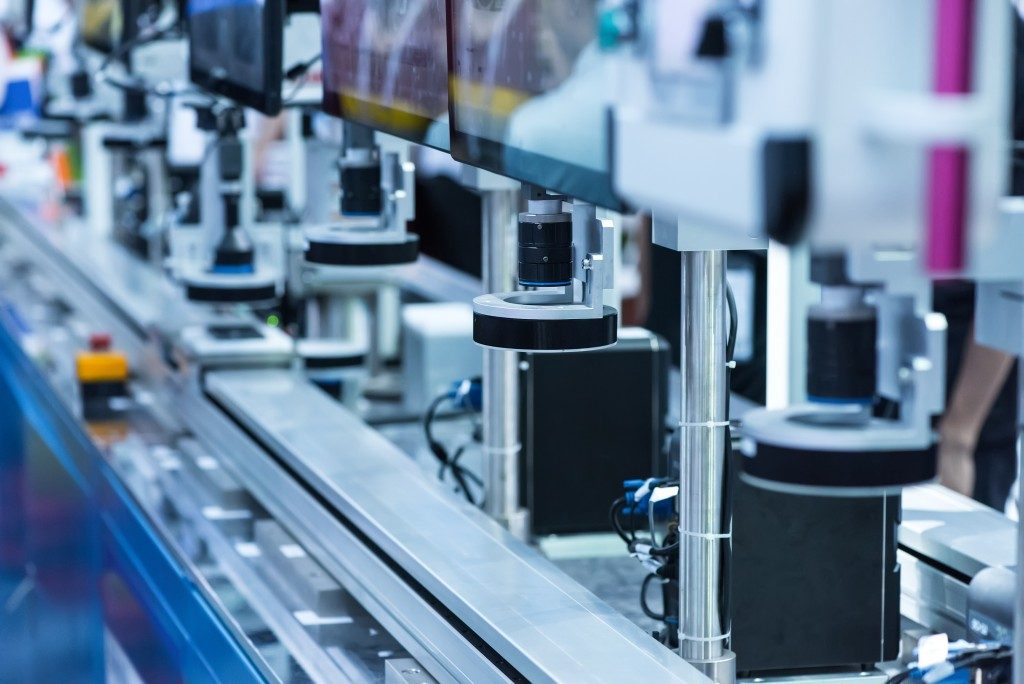OEM or original equipment manufacturer is a common term in the IT and automotive industries. When it was first used, it meant a company that manufactured a specific part that will have been rebranded and resold by another firm.
Through the years, its definition evolved to mean several things. OEM can refer to a company that makes parts that another firm uses to create an entire system. It can also refer to a firm that rebrands another company’s parts for sale to consumers. If you buy Volkswagen OEM parts, for example, the bottom line is that it is made for Volkswagens and according to the brand’s standards.
This practice is considered cost-effective by many IT and automotive companies to save on production expenses. They hire third-party providers to produce components that are designed exactly the way they would turn out if the brand had made it itself. It doesn’t really matter how they make the parts, as long as the end user benefits by receiving an item that is built on exact specifications.
Building OEM Hardware
There is nothing extra that OEMs add to a product, except maybe label it with the logo of the brand or the manufacturer. Some OEM units also do not bear any branding at all. There are manufacturers that sell the items only to the company that orders them, while others rebrand the product so that they can be sold directly to consumers without having to pass through the original’s sales channels.
Most manufacturers do both. Because brands typically have a longer production cycle to build an entire system, their pricing can be higher. That’s not to mention the cost of labor and advertising, among others.
Why are OEM Parts Cheaper?

Parts made by OEMs are cheaper because they are made through simple production lines. Companies produce a specific part that no longer needs to go through other distribution channels and can be sold straight from the factory to meet specific needs or demands. They also do not spend much on advertising their products or provide any technical support or invest in customer service provisions, so they can afford to sell parts and equipment at a much lower price.
This is a win for the consumer. For example, if you have a fancy Volkswagen or Audi car model, having certain parts replaced using OEM products is good for your car maintenance and repair budget. Thanks to economies of scale, end users gain access to professionally-made parts without having to worry about quality and safety.
There is a downside to using OEM products, though, because some manufacturers erroneously label their items as OEM even if they are not. That said, consumers need to be extra vigilant when buying from unknown sources. In addition, watch out for warranty notices. Retail warranties or those provided by the original manufacturer tend to be longer and come with 24/7 tech support.
With OEM parts, warranties are typically shorter and customer support will usually be limited. Be careful when choosing a provider to ensure the quality of the parts you buy for your vehicle.

